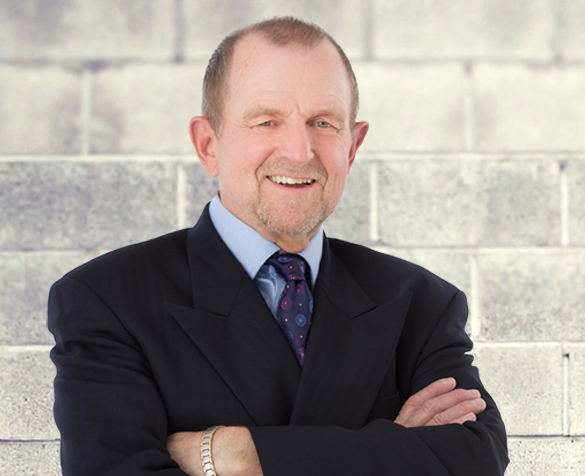Your Guide To Physical Therapy
Physical therapy is a vital part of many people’s recovery and wellness journeys. Whether you’re recovering from an injury, managing a chronic condition, or looking to improve mobility and strength, understanding the world of physical therapy can be immensely beneficial. This guide aims to provide an overview of what physical therapy involves, what to expect, and how to make the most out of your sessions.
1. Understanding Physical Therapy
Physical therapy is a healthcare specialty focused on enhancing, restoring, and maintaining physical functionality. It involves a range of treatments and exercises designed to alleviate pain, improve mobility, and promote overall health. Physical therapists are trained professionals who assess and treat various physical conditions stemming from injury, illness, or disability.
2. Initial Assessment And Goal Setting
Your physical therapy journey typically begins with an initial assessment. Here, the therapist evaluates your physical condition, discusses your health history, and understands your specific needs and goals. It’s a collaborative process where your input is just as important as the therapist’s expertise. Establishing clear and achievable goals is crucial for a successful therapy outcome.
3. Customized Treatment Plans
As physical therapists like our friends at LeMoine Physical Therapy can explain, your personalized treatment plan is your roadmap to success. Based on your assessment, the therapist will design a program tailored to your unique needs. This plan may include exercises, manual therapy, modalities like heat or cold therapy, and education about your condition and how to manage it.
4. Active Participation In Sessions
Physical therapy is not a passive experience. Active participation is key to progress. Your therapist will guide you through various exercises during your sessions, but it’s important to engage actively and provide feedback about what you’re feeling. This helps the therapist adjust the program as needed to ensure it remains effective and aligned with your goals.
5. Consistency And Commitment
Consistency is vital in physical therapy. Regular attendance and adherence to the prescribed exercise regimen significantly impact the effectiveness of the treatment. It’s also important to stay committed outside your physical therapy clinic, incorporating recommended exercises and lifestyle changes into your daily routine.
6. Communication Is Key
Open and ongoing communication with your therapist is essential. Don’t hesitate to discuss any concerns, ask questions, and share updates about your condition. Effective communication ensures that your therapy remains relevant and responsive to your changing needs.
7. Understanding Pain And Discomfort
It’s not uncommon to experience some pain or discomfort during or after physical therapy sessions. However, understanding the difference between normal discomfort and pain signaling a problem is important. Always communicate any pain to your therapist, who can adjust your treatment accordingly.
8. Measuring Progress
Physical therapy is often a gradual process, and progress can sometimes feel slow. It’s important to celebrate small victories along the way and keep an eye on the larger goals. Regular assessments with your therapist can help track your improvement and adjust goals as needed.
Schedule Your First Session Today
Physical therapy is a powerful tool for improving physical function and quality of life. It may seem overwhelming at first, but your physical therapy specialists can help you get started. Remember, each person’s journey is unique, and patience and persistence are key to achieving your health goals.


